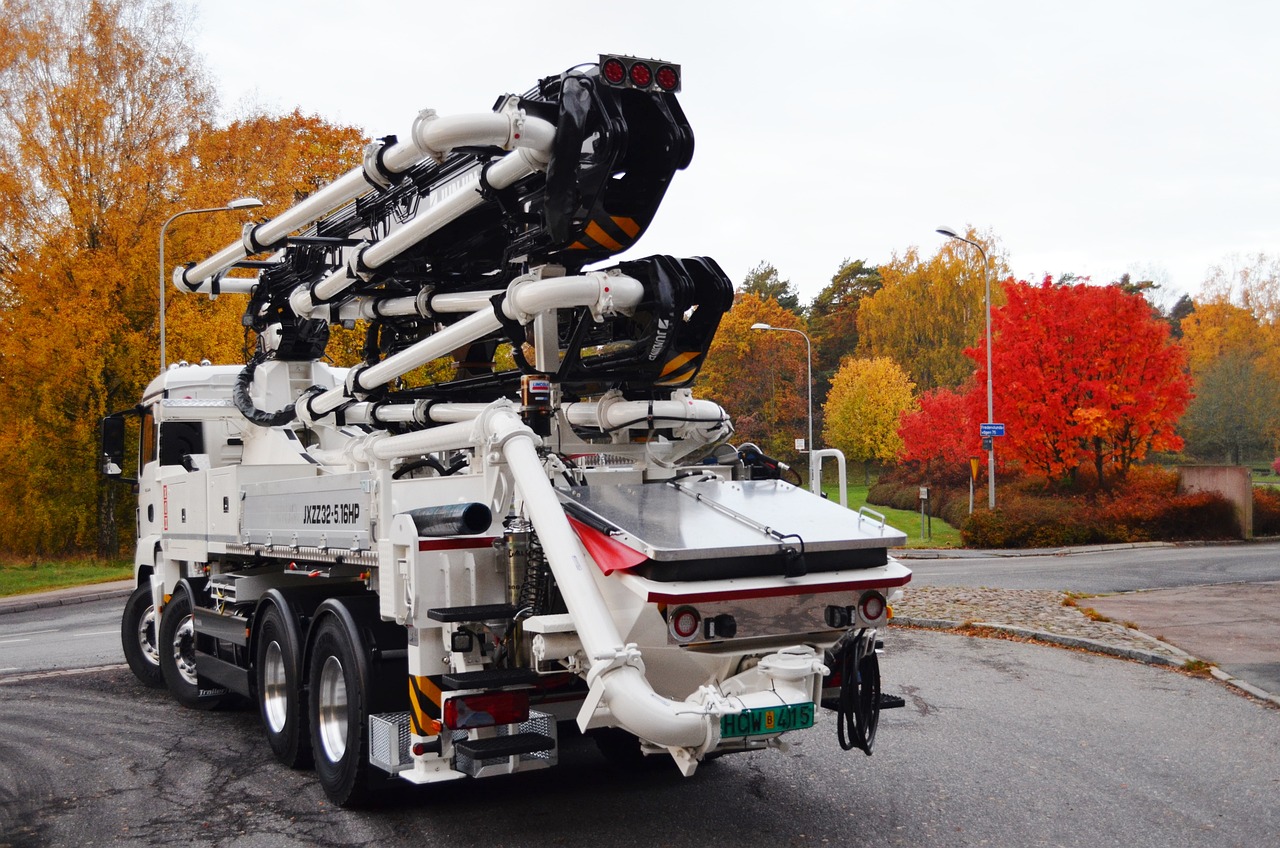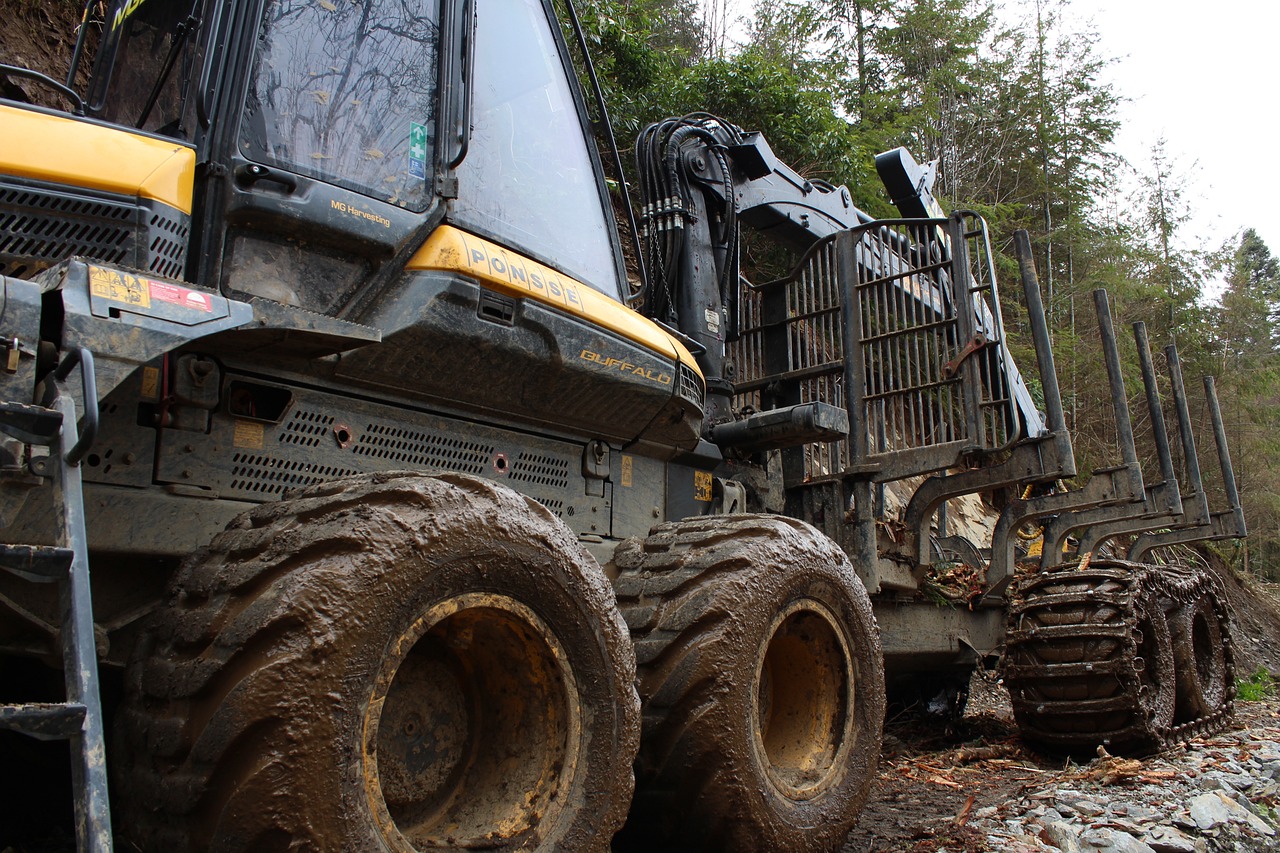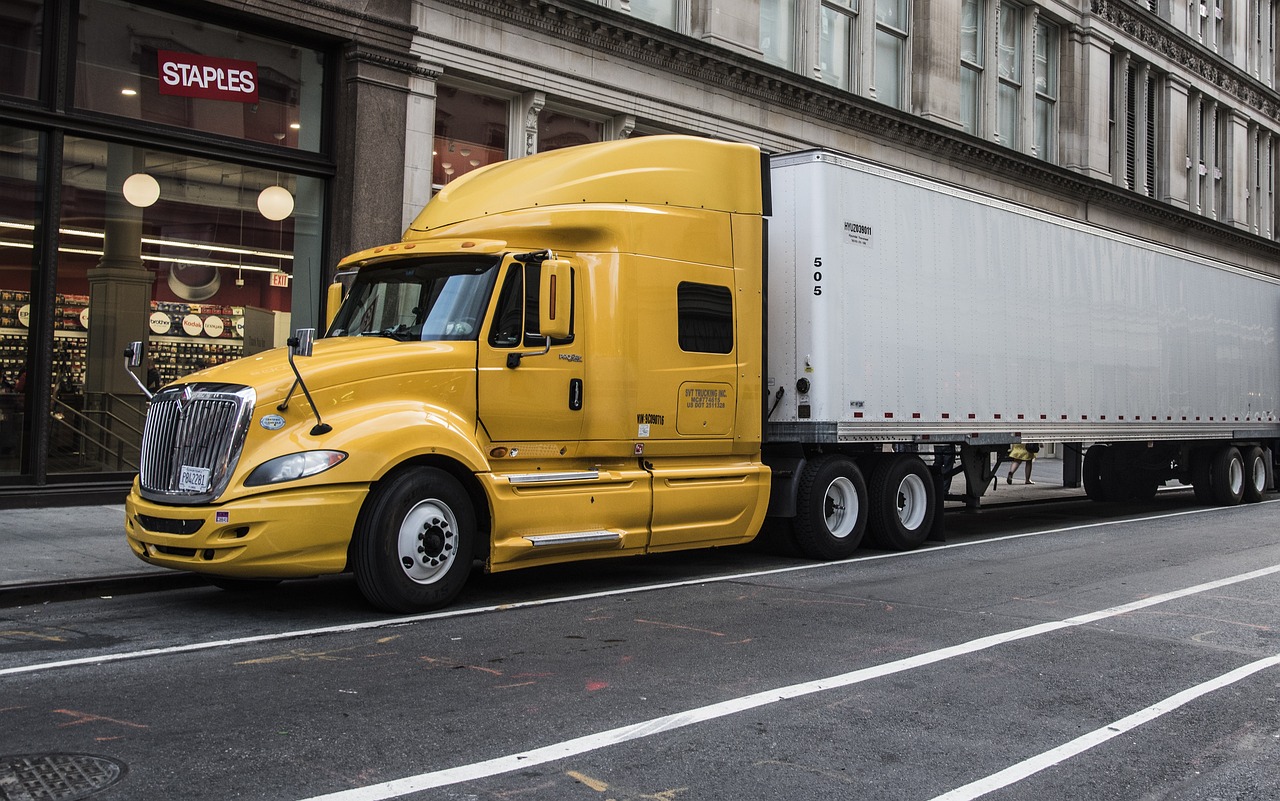What are potential career pathways for a truck driver?
The most visible type of truck driver is the delivery driver, out and about in the city, dropping off goods. However, there are a vast number of uses for trucks, and a new truck driver should consider their career pathway when choosing training.
Truck driver training starts at small rigid trucks and then has many branches and opportunities that take a driver up to multi-combination vehicles, heavy haulage and the carriage of dangerous goods. Let’s take a quick look at what’s required.
Delivery driver

Small rigid trucks, sometimes with a refrigeration unit or chiller, are used around urban areas to deliver small amounts of goods to businesses, or to help people move house. As well as the appropriate class of licence, drivers should have training in low-speed manoeuvring for rigid vehicles, and tail lift operation. A large number of these trucks use tail lifts from the likes of Anteo, Dhollandia and Palfinger.
Linehaul driver

Linehaul drivers drive large rigid trucks and semitrailers long distances, usually intercity, and may be away overnight or several days. The goods are carried in curtainsiders (often called Tautliners), or hardsiders (often call box trucks or Pantechs). They may have a chiller if required for the types of goods (e.g. vegetables). Drivers should have training in reversing and low-speed maneouvring, pre-trip inspection, fatigue management, heavy vehicle load security and trailer coupling. It’s an advantage to have forklift training as the driver will often be the loader.
Dangerous goods

Dangerous goods are carried in curtainsiders, tankers and containers. The training is the same as for linehaul drivers, plus a dangerous goods qualification (for example, a D endorsement) will be required. Tanker drivers should also consider rollover stability training.
Specific training will be required for chemical deliveries due to the nature of filling or emptying the truck.
Container transport

Container transport is almost always from a port to a devanning location, transitional facility or similar place. The machine handling requirements for the container are generally a gantry crane or straddle carrier at a port, and a forklift or sideloader at the other end of the journey.
The driver requires the same training as a linehaul driver, plus specific training on sideloader crane modules, if applicable. Ports may have training requirements for drivers coming on-site.
General freight

General freight includes items which have to be strapped onto a vehicle deck or contained in a curtainsider. While linehaul tends to be the same routes between cities, general freight will be much more varied. It could be a large compressor one day, square or round bales of hay the next. The delivery might be across town, or could be regional. Dangerous goods might be carried. Heavy vehicle load security is the primary concern for general freight drivers due to the diversity of the loads.
Truck loader cranes

Truck loader cranes are mainly used in the building industry but also in emergency response scenarios. Mostly they are attached to large rigid vehicles. The driver must have training in operating the crane and any attachments (such as a grapple), plus rigging and slinging, as well as general driving. There tends to be a lot of tight manoeuvring on building sites. Training is required in the use of the crane. Common cranes are from Hiab and Palfinger. Note that these are not mobile cranes which require additional qualifications.
Heavy haulage

Heavy haulage drivers are specialist general freight and machine transport operators. Knowledge of pilot vehicle procedures helps as some vehicles may need pilot vehicles if they are oversized. Some equipment is highly specialised, such as modular trailers. Patience and diligence are extremely important as much of the journey could be painstakingly slow if the loads are huge. However, moving slightly oversized earthmoving equipment, such as excavators, is not much different to regular driving, just with the consideration of the wider vehicle.
Pump trucks

Concrete pump trucks are heavy rigid vehicles with a pump mechanism to deliver concrete. These trucks are heavy. Rollover training, plus specific training in the pumps is required.
Tipper trucks

These are sometimes a semitrailer, but often a truck and trailer combination which is different from a semitrailer; reversing is harder. There are skills to learn, such as gravel spreading. Or, a driver can move into the mining arena with larger dump trucks.
Cement mixers

Cement mixers transport wet cement to building sites. They are less stable than many other types of trucks. As well as specific training on the concrete mixing mechanism, rollover training is advised.
Logging

Logging operations use tractor units with semitrailers and full trailers that have log bolsters to keep the logs on the trailer, but there are also specialist trucks for challenging terrain. These may have tracks rather than wheels. Specific training is required.
Agricultural drivers

Agricultural spreading is achieved with medium- and large-sized rigid trucks with a spreader on the back which distributes chemicals on a field, such as fertilisers. Dangerous goods qualifications are essential. Some form of off-road driver training is important for winter due to softer ground and the potential to get stuck.
Trucks are sometimes used instead of agricultural tractors and trailers to directly collect grain during harvesting.
Car carrier

Car transport is a variation of general freight. The driver simply needs to know how to drive the cars on and off the vehicle, and secure them properly. This requires a more experienced driver due to the wider swept path of the vehicle, plus having to drive light vehicles on and off the trailer.
How do you enter these career paths?
Start at the beginning: a small rigid truck. Build your skills, then look for opportunities to upskill yourself using online courses or in-class courses. Then look for jobs that will take newer drivers and perhaps provide the on-the-job training you’ll require. Getting qualifications that will make you generally more useful will improve your chances – forklift, excavator, loader, dangerous goods, and so on, will give you more career options.



